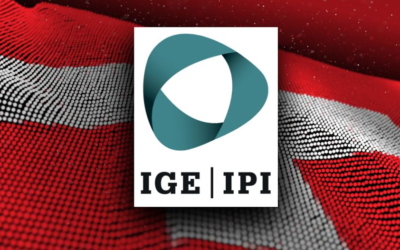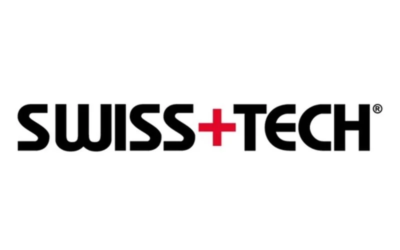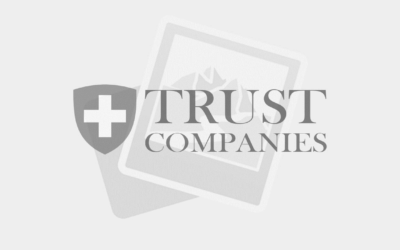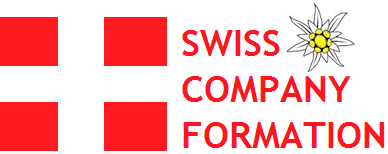Would you talk with someone in our company regarding any issues? Just drop us a line!
The 2025 Pillar 3a purchase rules bring a fundamental shift to Switzerland’s retirement savings landscape, allowing taxpayers to fill contribution gaps, optimize tax savings, and strengthen financial security. These changes introduce new opportunities, but they also come with strict regulations, administrative complexities, and annual contribution limits that require careful planning.
In this detailed guide, we will explore the key provisions, compare the new rules to the Ettlin Motion, break down the tax benefits, and provide insights on how Swiss residents—both employees and self-employed individuals—can strategically plan for retirement under the revised framework.
Key Highlights of the 2025 Pillar 3a Purchase Rules
- Retroactive contributions are allowed for up to 10 years.
- Payments are only permitted for years with AHV-subject income.
- The maximum annual purchase limit is CHF 7,258.
- Pre-2025 contribution gaps cannot be filled.
- Strict administrative oversight limits flexibility.
Understanding Pillar 3a and Its Role in Retirement Planning
Switzerland’s Three-Pillar Pension System
Switzerland’s pension system is built on three main components:
- Pillar 1: The state AHV pension, ensuring a basic income post-retirement.
- Pillar 2: Occupational pensions (BVG), mandatory for employees and co-funded by employers.
- Pillar 3: Private savings plans, split into Pillar 3a (tax-deductible contributions) and Pillar 3b (flexible but non-deductible savings).
While Pillar 1 and Pillar 2 provide essential retirement income, for many individuals, they are insufficient to maintain the desired quality of life in old age. Pillar 3a offers a solution, allowing people to supplement their savings, reduce taxable income, and accumulate tax-advantaged funds.
Contribution Limits for 2025
For 2025, the maximum annual contributions to Pillar 3a are:
- Employees with a second pillar pension (BVG): CHF 7,258.
- Self-employed individuals without an occupational pension: Up to 20% of net income, capped at CHF 36,288.
Pillar 3a vs. Pillar 3b
For individuals exceeding the Pillar 3a contribution limit, Pillar 3b remains an alternative. Unlike Pillar 3a, Pillar 3b contributions are not tax-deductible, but they offer greater flexibility, with no maximum contribution limits and no taxation on capital withdrawals.
New Pillar 3a Purchase Rules from 2025: What Has Changed?
Historically, individuals who failed to contribute the maximum allowable amount to Pillar 3a in previous years had no opportunity to make up for lost contributions. The 2025 rules introduce a new provision for retroactive contributions, with specific conditions:
- Contributions can only be made for years with AHV-subject income.
- Gaps can be filled for up to 10 years, but only from 2025 onwards.
- The retroactive contribution cap is CHF 7,258 per year.
- Each year’s gap can only be filled once, meaning partial repayments are not allowed.
These changes bring greater flexibility, but they require precise financial planning to maximize their benefits.
Comparing the Ettlin Motion and the Final 2025 Rules
The Ettlin Motion, introduced in 2019, aimed to provide a broader and more flexible system for retroactive contributions. However, the final 2025 Pillar 3a purchase rules are more conservative, designed to balance tax relief with government revenue protection.
Key Differences Between the Ettlin Motion and the Final Rules
- Retroactive Payment Frequency
- Ettlin Motion: Suggested allowing retroactive purchases every five years.
- Final Rules: Annual retroactive purchases are allowed, but each contribution gap can only be addressed once.
- Eligibility Criteria
- Ettlin Motion: Allowed payments for any missed years since age 25, regardless of employment status.
- Final Rules: Payments are only allowed for years with AHV-subject income.
- Contribution Limits
- Ettlin Motion: Proposed permitting higher annual contributions.
- Final Rules: All retroactive purchases are capped at CHF 7,258 per year.
- Pre-2025 Gaps
- Ettlin Motion: Allowed older contribution gaps to be filled.
- Final Rules: Only gaps from 2025 onward qualify.
- Administrative Requirements
- Ettlin Motion: Proposed simplified verification procedures.
- Final Rules: Introduces strict oversight and compliance measures.
Would you talk with someone in our company regarding any issues? Just drop us a line!
Benefits and Financial Considerations
Tax Reduction Opportunities
The option to make retroactive contributions introduces new tax-saving possibilities. By filling contribution gaps, individuals can lower their taxable income while simultaneously increasing retirement savings.
Who Benefits Most?
The new rules will primarily benefit:
- Employees who missed contributions due to career gaps or financial constraints.
- Self-employed individuals who want to optimize their pension savings.
- High-income earners with the ability to make strategic tax-deductible contributions.
However, future taxation on capital withdrawals and possible adjustments to tax policies could affect long-term benefits.
Challenges and Administrative Considerations
Despite the advantages, the new rules introduce challenges:
- Individuals must track their contribution history carefully.
- Eligibility criteria require strict compliance.
- Planning the timing of contributions is crucial to avoid tax inefficiencies.
Additionally, financial institutions are required to verify retroactive contributions, leading to potential administrative delays and costs.
Will the 2025 Pillar 3a Rules Strengthen Retirement Savings?
The 2025 Pillar 3a purchase rules introduce greater flexibility, encouraging Swiss taxpayers to maximize tax savings and improve their financial security. However, strict eligibility requirements, low annual limits, and administrative hurdles may limit participation.
While young professionals and high-income earners stand to benefit the most, older individuals with pre-2025 gaps or those with unstable income may find the changes less beneficial.
To fully leverage these new rules, expert financial planning is crucial.
Would you talk with someone in our company regarding any issues? Just drop us a line!



















































